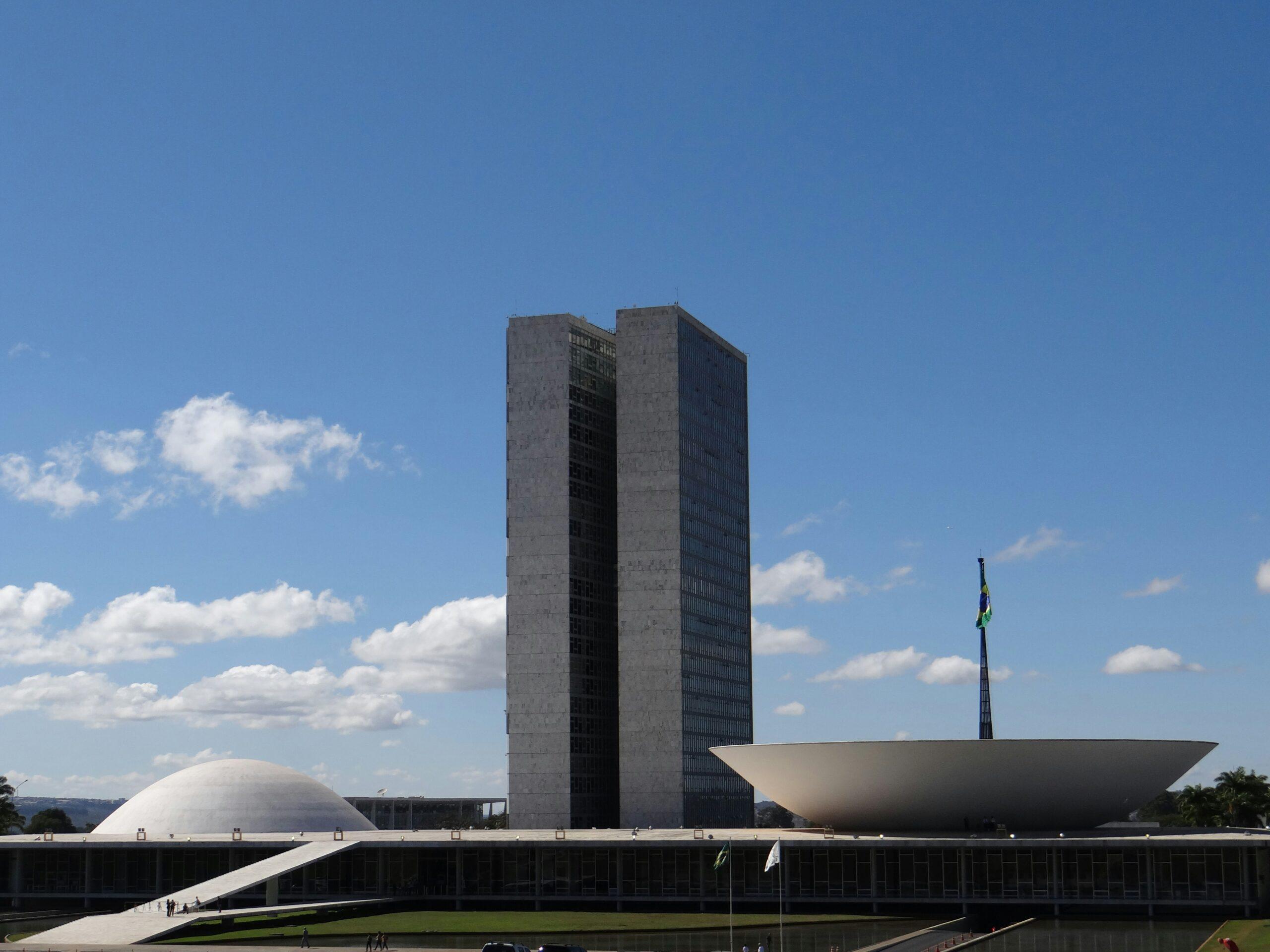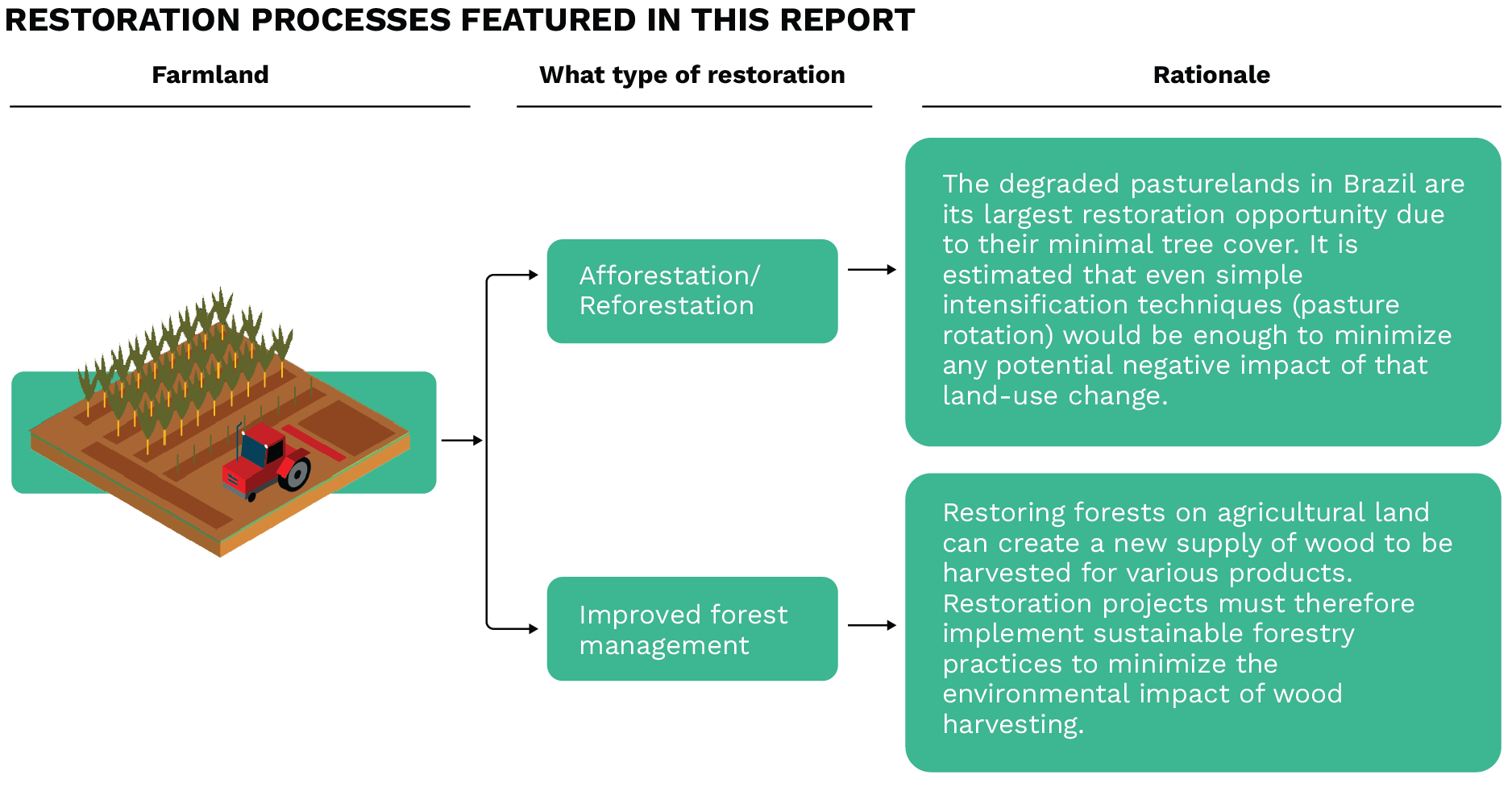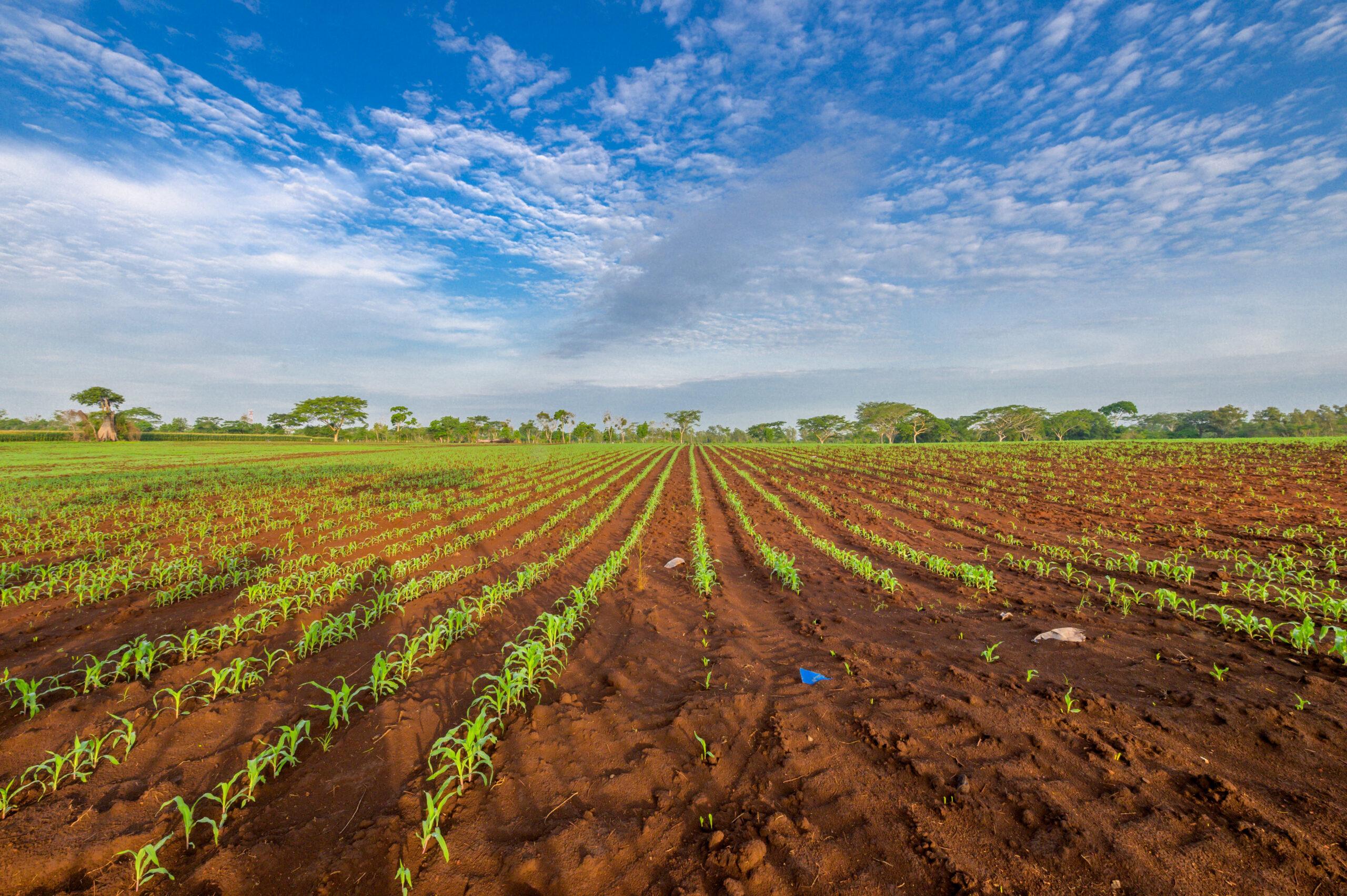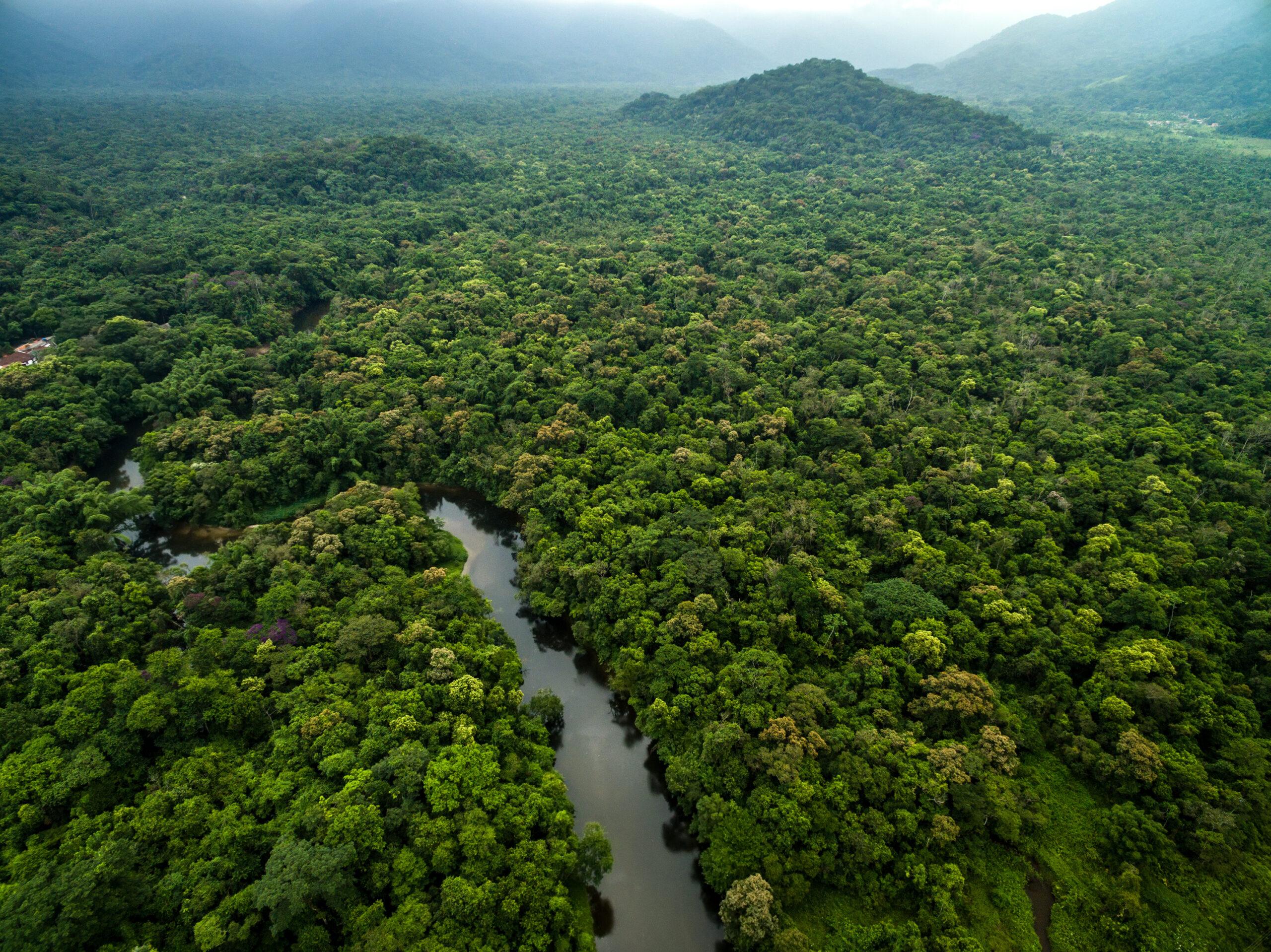THANK YOU FOR DOWNLOADING
Learn More
If you would like to hear more from Orbitas, including updates on our analysis and resources, please subscribe here.
Brazil’s opportunity to scale up reforestation investments holds enormous promise for people and nature. Four major forces, acting in tandem today, are poised to shape the future of the Brazilian bioeconomy by making reforestation highly profitable, jumpstarting new economic opportunities and simultaneously delivering sustainable jobs, economic growth and nature conservation.
